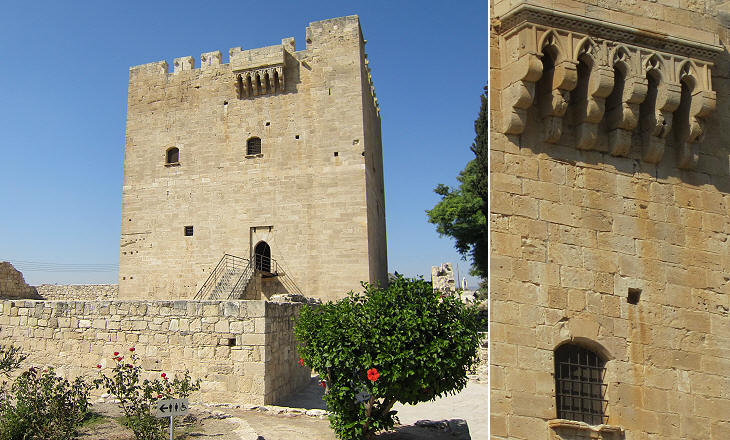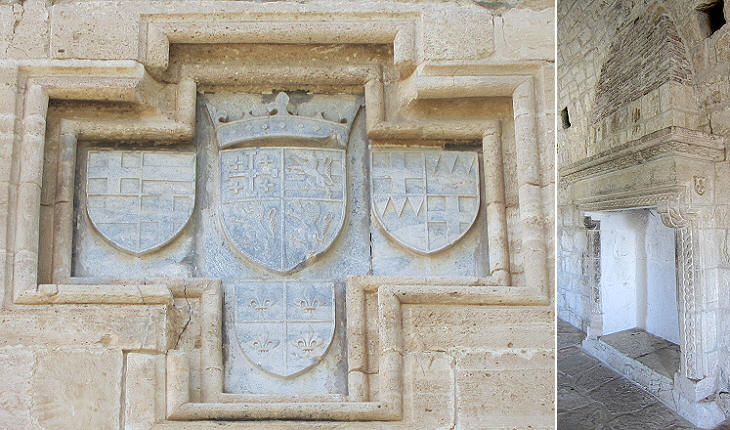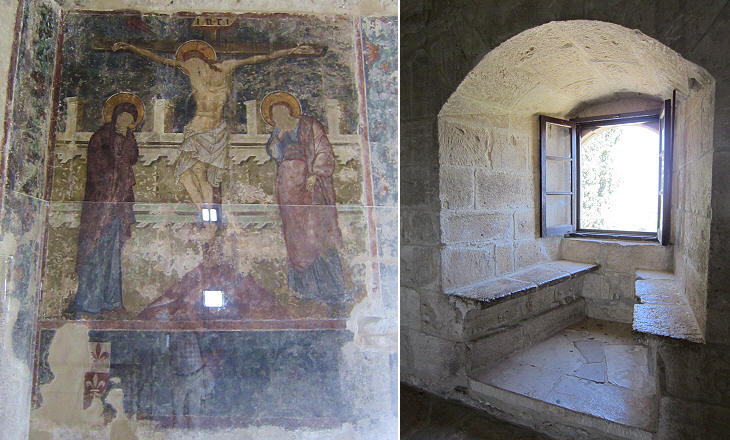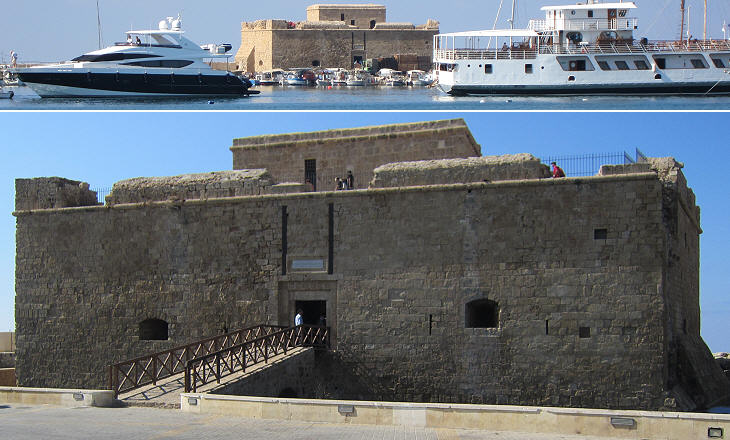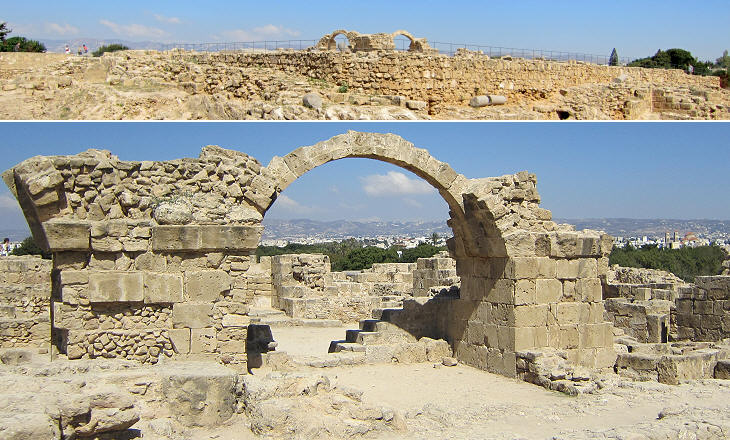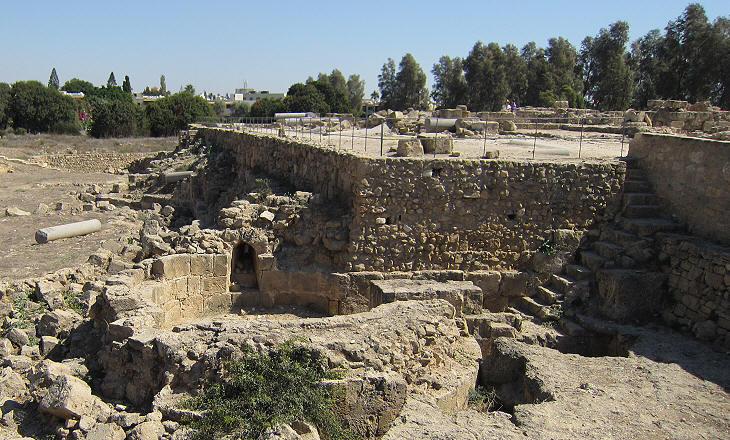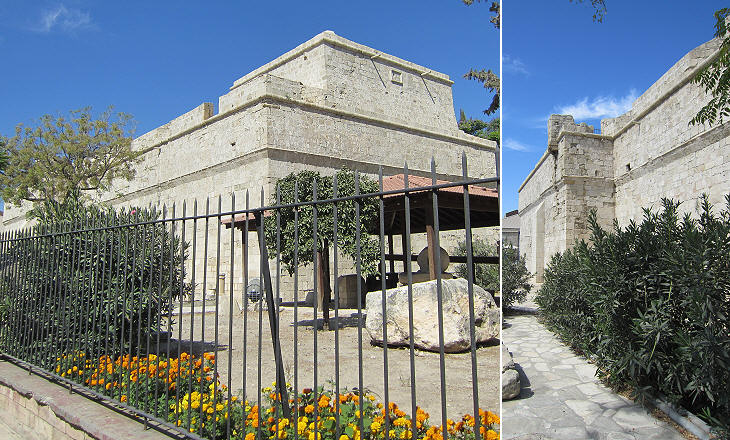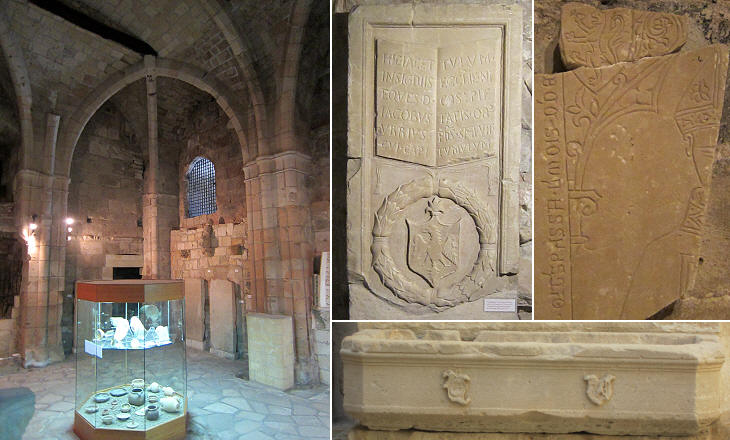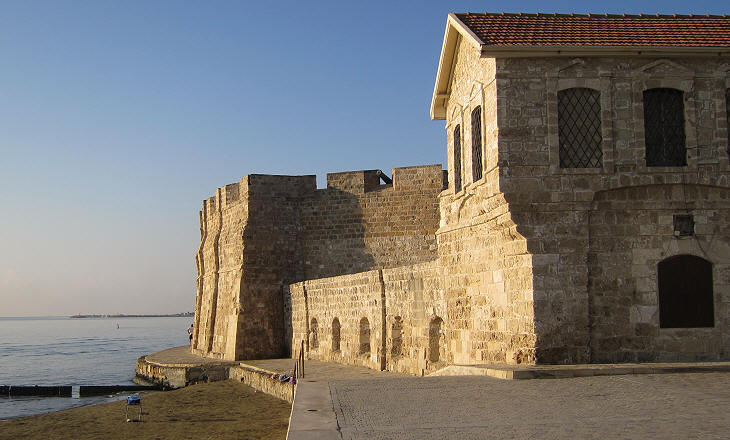  What's New! Detailed Sitemap All images © by Roberto Piperno, owner of the domain. Write to romapip@quipo.it. Text edited by Rosamie Moore. Page added in March 2013. |
 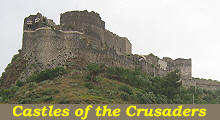 - Fortresses on Cyprus - Fortresses on Cyprus(Castle of Marqab) The main ancient and medieval towns of Cyprus are covered in other sections. You may wish to read an introductory page on this section first. Kolossi At Colos are some ruins of the age it is said of the French kings of Cyprus and there is one large square tower built it is reported by our "Coeur de Lion". (King Richard I the Lionheart) William Turner - Journal of a Tour in the Levant - 1815
By the end of the XIIIth century the Knights Hospitallers were ousted from all their bases in the Holy Land and in other Crusader States and took refuge on Cyprus. King Henry II assigned them some fiefdoms, but he welcomed their decision to leave the island and to move to Rhodes, which they conquered in 1306-08. The Knights retained a Commanderia (i.e. a fiefdom) in the southern part of the island, between the port of Limassol and the ruins of ancient Kourion. The revenue of the fiefdom helped the Order in achieving its objectives and the Commanderia of Cyprus was very well managed. The Knights built a large tower at the centre of an enclosure which included a sugar cane factory and cellars. The tower, albeit smaller, resembles that of Safita in Syria.
From hence the country is open and pleasant to Colos, which is a fine village, where there was formerly a commanderie of the Knights Hospitallers. Lewis de Magnac, grand commander in Cyprus, built, in this place, a plain, square, and strong tower, which still remains; the front exhibiting this appearance. It is about seventy feet high, and fifty-four feet broad, adorned with coats of arms; but the great gate is buried in some vile house, so that I could not see it: yet part of the convent, which has been large, is still to be seen. Alexander Drummond, Esquire, His Majesty's Consul at Aleppo, published in London, in folio, in 1754, under the title of Travel through different cities of Germany, Italy, Greece and several parts of Asia, a series of familiar letters addressed to his brother and other friends. He started from London May 11, 1744, and reached Larnaca March 6, 1745. From Claude Delaval Cobham - Excerpta Cypria - 1908
Constantius, Greek Orthodox Archbishop of Sinai, visited Cyprus in the late XVIIIth century and so described the wines of Commanderia (which still enjoy a good reputation): One product of the island has been up to this time fostered with great zeal and care, and is still one of the chief articles of export — but even this, like the rest, has felt the presence of tyranny — this is its delicious wine. This fragrant nectar of Zeus, expressed and flowing from the vines which abound in this shrine of his beloved son Bacchus, is drawn from a part of the island called Comanderia, for here was the lot and inheritance of the Comandery, the order of the Templars and Knights of Malta, which lies between Mount Olympus and the towns of Lemesos and Paphos. This excellent wine is one of the things greatly in request in Europe. From Claude Delaval Cobham - Excerpta Cypria - 1908 Paphos
The bay is large but the port very unsafe as the mole remains only in part to the east and west and not at all to the south which is thus left quite open. To this port, bad as it is, vessels frequently resort for the advantage of smuggling corn. There were two small Idriote (of Hydra, a Greek island near Aegina) vessels anchored in it while we were there. The port is commanded by an insignificant castle built on its banks by the Turks. (Turner) The small fortress built by the Kings of Cyprus or perhaps before them by the Byzantine rulers of the island was dismantled by the Venetians before the 1570 Ottoman invasion, as they preferred to concentrate on the defence of Nicosia, Famagusta and Cirenes which were better protected. The fortress was rebuilt by the Ottomans.
A larger fortress was built by the Kings of Cyprus by utilizing materials of ancient Paphos. The ruins of the fortress are known as Saranda Kolones (Forty Columns) for the many granite columns which are scattered around the place. They made William Turner believe he had found a Temple to Venus.
Recent excavations have highlighted the presence of a square fortress having a round tower at each corner. It was surrounded by a moat and was accessed via a drawbridge. An earthquake which struck the region in 1223 presumably caused extensive damage to the fortress, which was not rebuilt because the port of Paphos did not warrant an additional fortress. Limassol
At half past eight we entered Limesole. It is a miserable town consisting of 150 mud houses of which 100 are Greeks and 50 Turks. Yet of the fifty ship loads of wine which Cyprus exports annually twenty are on an average despatched from Limesole. (Turner) Today Limassol (or Lemesos) is a booming sea resort with a periphery which has incorporated the ruins of ancient Amathous. The old harbour has been largely modified to make room for modern buildings and the fortress which protected it is now surrounded by them. Similar to that of Paphos it was dismantled by the Venetians and rebuilt by the Ottomans.
The underground hall retains the structure it had at the time of the Kingdom of Cyprus. Today the whole building houses a museum with several exhibits from lost churches. The town is of particular interest to English historians because King Richard I landed here when he started the conquest of the island and because at the end of his campaign he returned to Limassol to marry Berengaria of Navarra. Larnaca
Larnaca (you may wish to see a page on the other monuments of the town) was the port from which the Venetians shipped the salt which was made at a nearby coastal lake. The large plain which surrounds the town was chosen by the Ottomans to land their army in 1570. The landing was unopposed by the Venetians who chose to retrench themselves in the main towns. The small fortress which protected the harbour was modified by the Ottomans. Introductory page Bakras Kalesi Krak des Chevaliers Marqab Safita Saone Tartous and Arwad Belvoir Map of Syria with all the locations covered in this website.   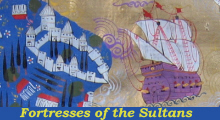 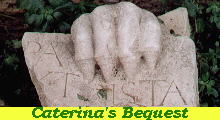 |
